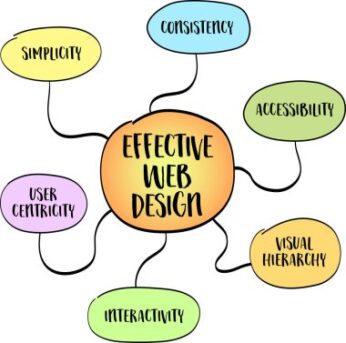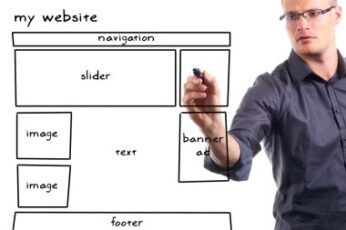A website is more than just a digital storefront—it’s the foundation of your brand’s online success. At Total Web Partners, we create stunning, high-performance websites that not only look great but also deliver measurable results. Our Web Design & Development services ensure your site is optimized for speed, mobile responsiveness, and seamless user experience.
Whether you need a simple business site, an e-commerce platform, or a custom-built solution, our expert team develops websites tailored to your specific needs and industry.
Why Professional Web Design Matters
Your website is the first impression customers have of your brand. A well-designed, user-friendly site can:
Increase Conversions – A strategically designed website guides visitors toward action, whether it’s making a purchase, booking an appointment, or filling out a contact form.
Enhance User Experience – Fast loading times, intuitive navigation, and mobile-friendly design keep visitors engaged.
Improve SEO Performance – A well-structured website with optimized content ranks higher on search engines.
Build Brand Credibility – A professionally designed site establishes trust and authority in your industry.
Our Web Design & Development Services
We take a comprehensive approach to web design, ensuring your site meets both aesthetic and functional goals. Our Web Design & Development services include:
1. Custom Website Design
We build unique, branded websites that reflect your business identity. Every design is created with user experience and engagement in mind.
2. Mobile-Responsive Development
With mobile browsing surpassing desktop usage, we ensure your website looks and functions perfectly on all devices.
3. SEO-Optimized Structure
A great design means nothing if your website doesn’t show up on search engines. We incorporate SEO best practices, from keyword placement to fast page speeds.
4. E-Commerce Solutions
If you sell products or services online, we build secure, high-performance e-commerce platforms that streamline the customer journey.
5. Website Maintenance & Upgrades
The digital landscape is always evolving. We offer ongoing updates, security enhancements, and feature expansions to keep your site competitive.
A Website Built for Your Business Success
At Total Web Partners, we don’t just design websites—we create online experiences that drive business growth. Whether you need a sleek corporate site, an interactive portfolio, or a powerful e-commerce solution, our Web Design & Development services ensure you get a site that works for you.
Get Started Today!
Your website should work as hard as you do. Let’s build something amazing together! Contact us today to discuss your project and take the first step toward a better online presence.









